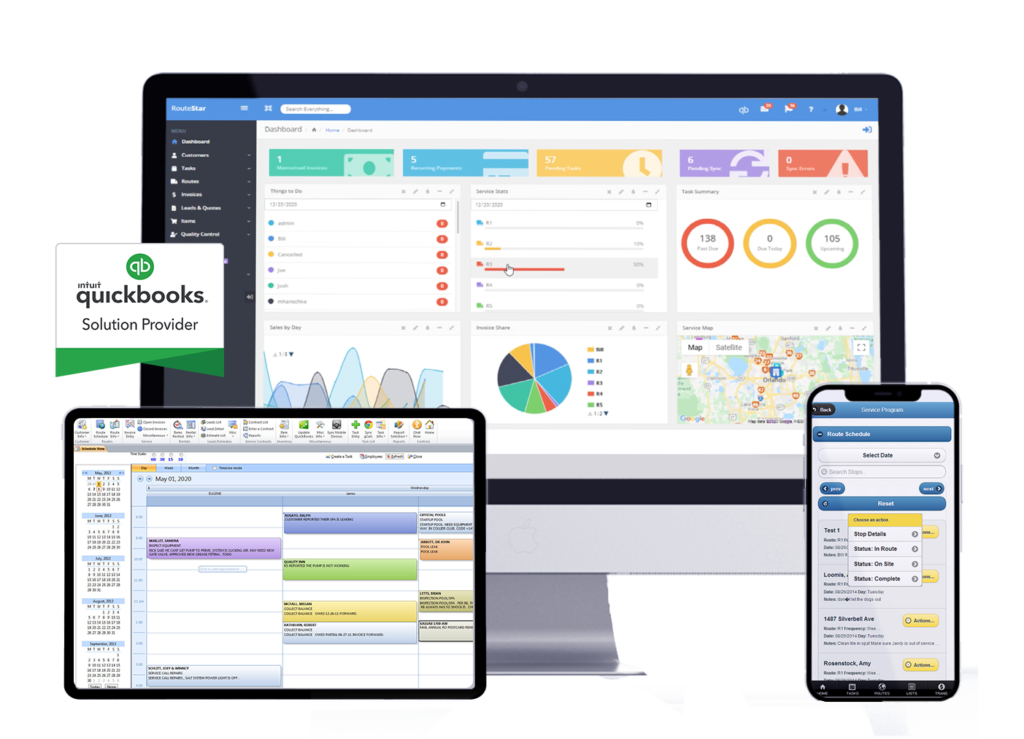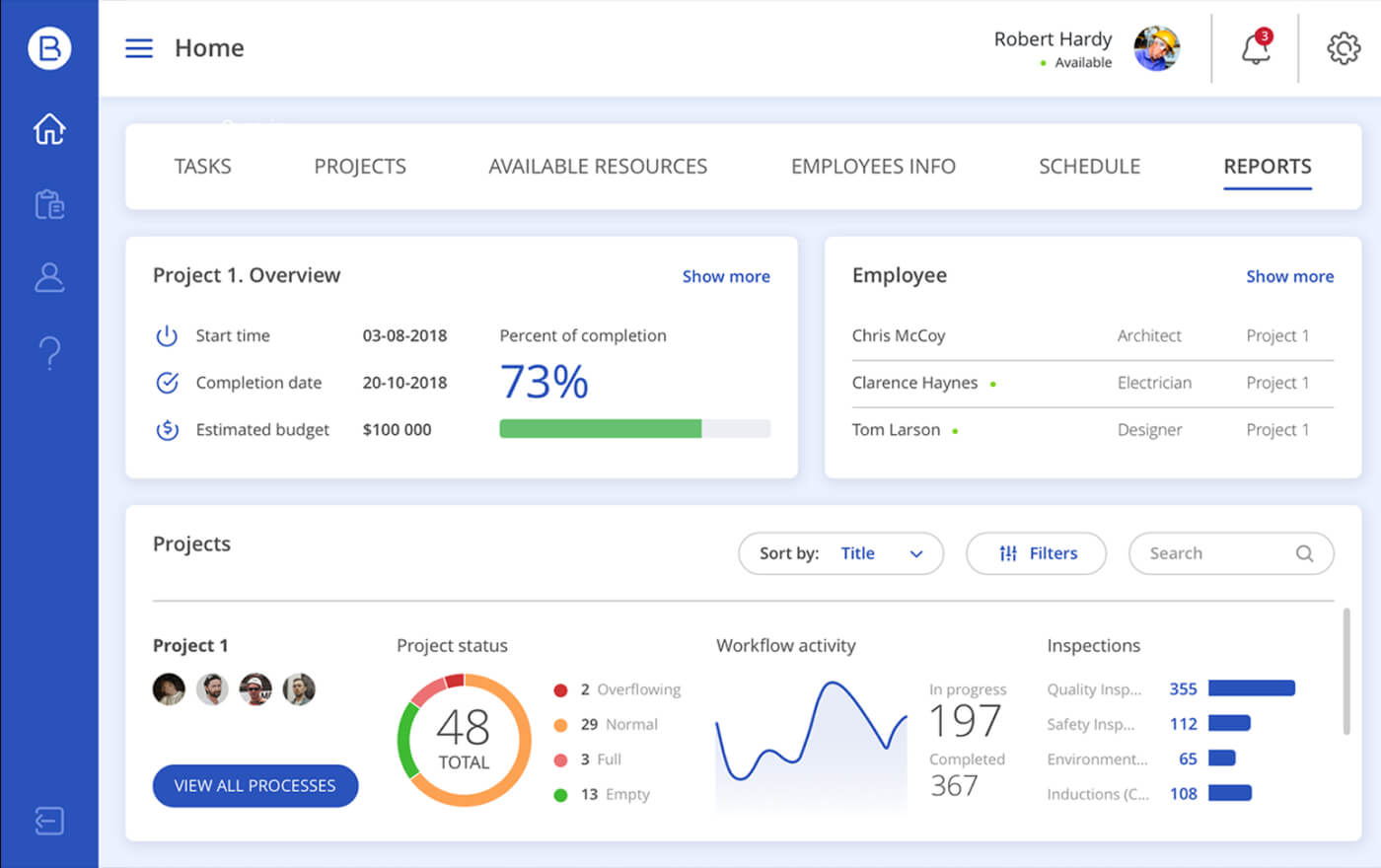Australian Construction Software: Innovative Tools for Local Projects
Australian Construction Software: Innovative Tools for Local Projects
Blog Article
Tailored Construction Management Software Program: Optimizing Source Appropriation and Budgeting Approaches
In the world of modern-day building and construction administration, the relevance of tailored software solutions can not be overemphasized. These innovative tools provide a nuanced approach to maximizing source appropriation and budgeting approaches, necessary elements for successful task implementation. By delving right into the details of exactly how such software can boost source allotment methods and improve budget plan optimization techniques, a clear path toward enhanced job efficiency arises. In this digital age where accuracy and efficiency regime supreme, exploring the influence of tailored construction management software program on these essential elements uncovers a realm of possibilities that might shape the future of the market.
Benefits of Tailored Software Program Solutions
Tailored software program options provide a myriad of benefits to building management firms seeking to boost performance and enhance procedures. By tailoring software application options to resolve task management, organizing, budgeting, and resource allocation, companies can maximize their operations and achieve greater efficiency.
Another benefit of tailored software application options is the capability to provide real-time insights and analytics. Construction management firms can utilize data-driven decision-making to keep an eye on project progress, recognize bottlenecks, and make modifications quickly. This proactive approach boosts task end results and aids firms remain on track with timelines and budgets.

Enhanced Resource Allowance Approaches
Implementing reliable source allotment approaches is crucial for construction monitoring companies to maximize job end results and make the most of performance. Boosted resource allowance techniques entail strategically designating personnel, equipment, and materials to certain tasks to make sure optimal utilization of sources. One key aspect of enhanced source allowance is the capacity to precisely forecast project requirements and designate sources as necessary. By leveraging construction monitoring software program that uses real-time tracking and reporting functions, firms can dynamically readjust allowances as task requires progress, leading to improved effectiveness and cost-effectiveness.
In addition, enhanced resource allowance approaches make it possible for building companies to recognize and deal with prospective traffic jams or resource restrictions proactively. By conducting regular assessments of resource usage and performance metrics, managers can make data-driven choices to rearrange resources successfully and avoid delays. This positive strategy not only boosts project timelines but additionally reduces the threat of budget plan overruns because of inefficient source allocation.
Budget Optimization Techniques
To achieve optimum financial effectiveness in building jobs, efficient budget optimization methods play a critical function in guaranteeing price control and project success. One essential method is the facility of a thorough job spending plan that allocates resources based on priority and critical requirements. By integrating these budget optimization methods right into construction management software, task stakeholders can enhance monetary preparation, resource allowance, and total budget monitoring to drive job success and profitability.

Effect on Project Effectiveness
Optimizing building and construction management software can significantly improve project performance by improving interaction, enhancing cooperation, and helping with data-driven decision-making. By centralizing job information, stakeholders can easily access real-time updates, lowering delays brought sites on by miscommunication or outdated information. Boosted cooperation features enable team participants to function with each other effortlessly, despite their physical location, promoting an extra natural and productive work atmosphere. In addition, building and construction administration software application can offer useful understandings with information analytics, permitting job managers to make informed decisions quickly and properly.
Additionally, the automation of regular jobs such as scheduling, budget monitoring, and resource allotment can maximize valuable time for job teams to concentrate on critical tasks, inevitably speeding up YOURURL.com task shipment. The capability to keep an eye on job progress in real-time and identify potential traffic jams enables proactive analytical, protecting against concerns from intensifying and creating delays. Overall, the effect of tailored building administration software application on project effectiveness is undeniable, offering a competitive benefit by maximizing operations and taking full advantage of productivity.
Future Trends in Construction Software
As the building and construction industry continues to progress, advancements in modern technology are shaping the future landscape of building software services. One substantial trend on the horizon is the raising combination of man-made intelligence (AI) and equipment understanding capacities in construction software program. These modern technologies have the possible to have a peek here reinvent just how building and construction jobs are taken care of by allowing predictive analytics, automated decision-making procedures, and boosted task understandings.
An additional future fad in building software application is the growing focus on cloud-based services. Cloud innovation provides increased adaptability, scalability, and accessibility for building and construction teams, permitting for real-time partnership and information sharing across task stakeholders. This change in the direction of cloud-based software application is anticipated to boost job efficiency, streamline communication, and improve overall task results.
Moreover, the rise of Structure Information Modeling (BIM) is anticipated to continue forming the building software program landscape. BIM software application facilitates 3D modeling, visualization, and information monitoring, resulting in enhanced job control, lowered errors, and improved job outcomes. Welcoming these future patterns in building and construction software program will certainly be critical for firms aiming to stay affordable and drive advancement in the industry.
Final Thought
In conclusion, tailored building management software application provides countless benefits such as improved source appropriation approaches and budget optimization methods. This software has a substantial impact on task performance by streamlining processes and boosting general performance (australian construction software). As innovation remains to development, future patterns in building and construction software program are anticipated to further enhance source allotment and budgeting approaches for construction tasks
Report this page